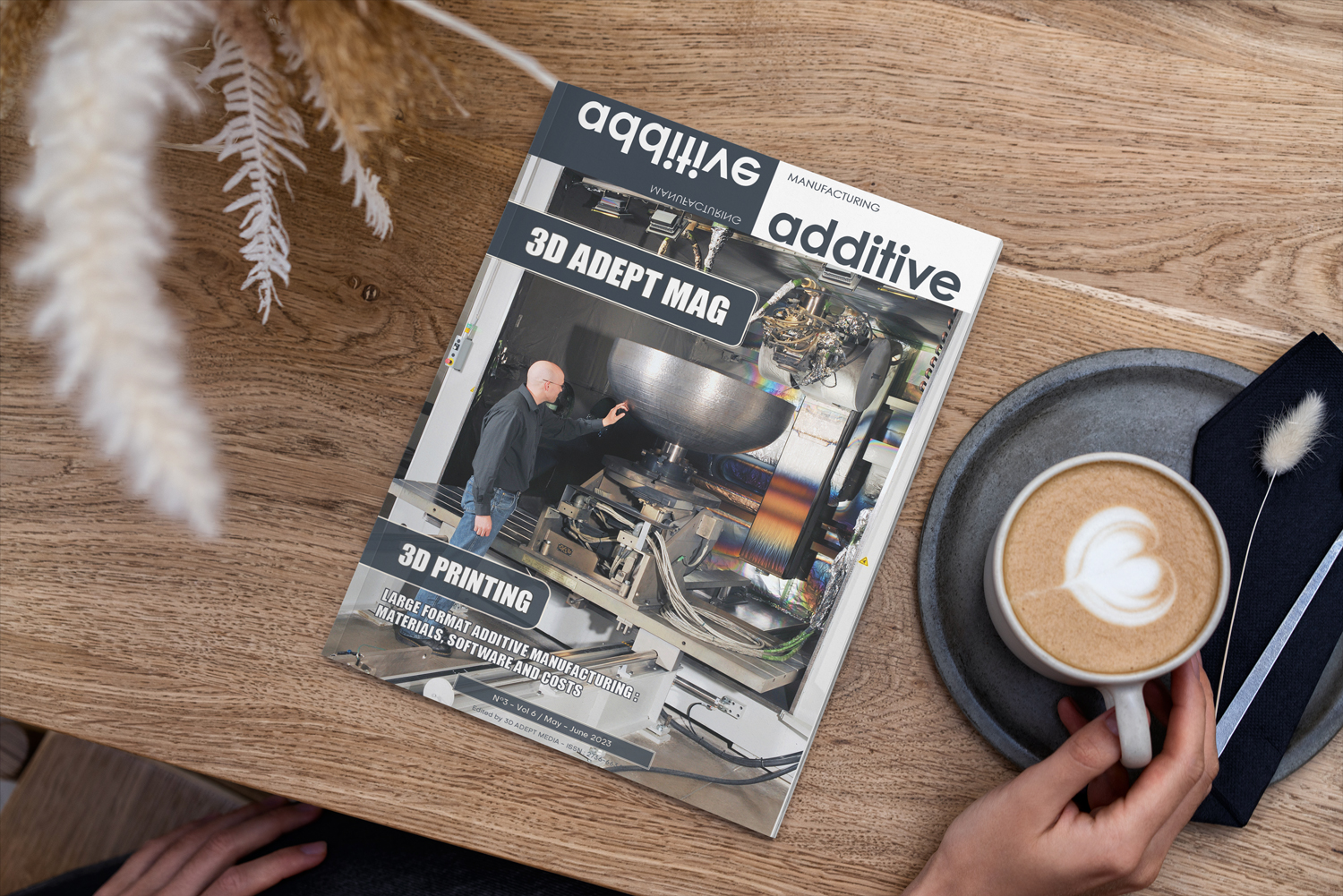Download the May/June edition of 3D ADEPT Mag
In Additive Manufacturing, the prevailing myth is that it can only print small and complex parts. For AM users embarking on this journey, the story often starts with the use of the technology for tooling, before exploring the opportunities that may lead to production parts. For those small and complex parts, that’s the ideal fairy tale.
When one looks at bigger parts, those large parts that may be essential to achieve applications across the land, sea, air, architecture or construction, aerospace and space industries, it’s a different manufacturing story and one that involves Large-Scale Additive Manufacturing (LSAM)/Large-Format Additive Manufacturing (LFAM).
The leap from small to large format 3D printing comes with a share of challenges that go beyond the technology’s technical capabilities to encompass financial and human resources. These challenges seem to be exacerbated when trying to scale production, emphasizing how this AM holy grail remains of paramount importance irrespective of the technology used.
Nevertheless, there is a market for very large 3D printed parts, and this edition of 3D ADEPT Mag attempts to demonstrate how diverse and impactful it is.
Exclusive features


